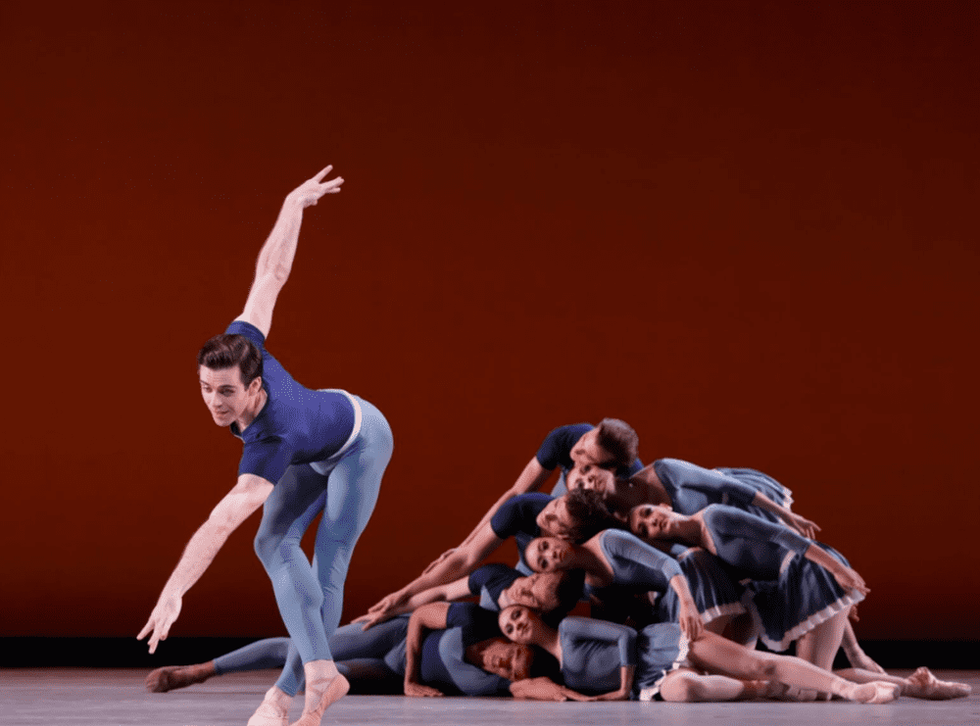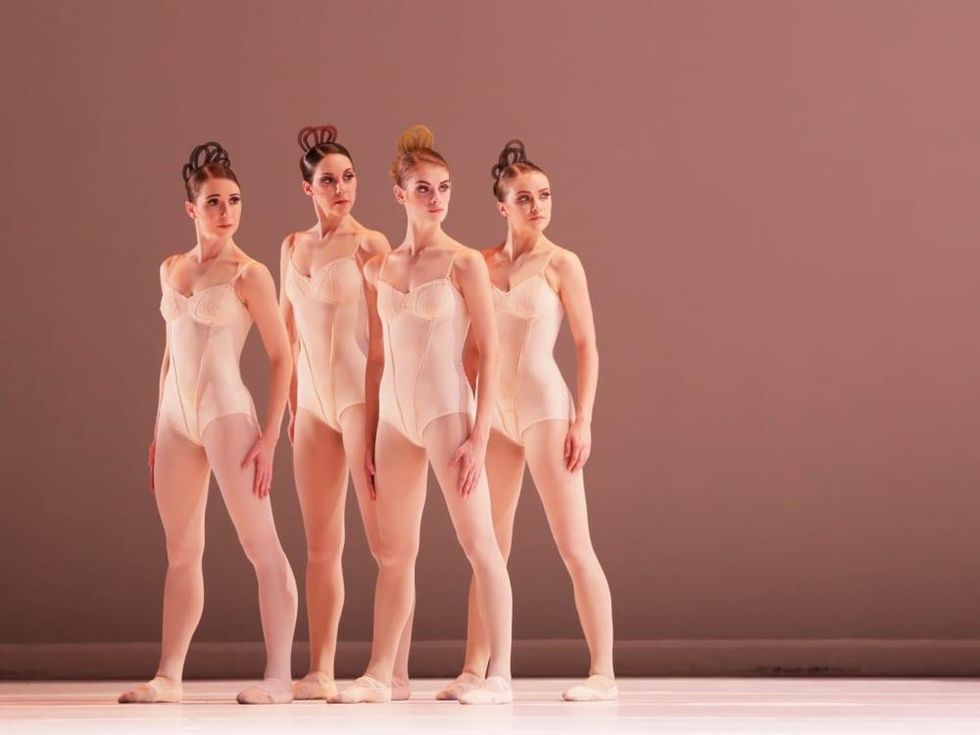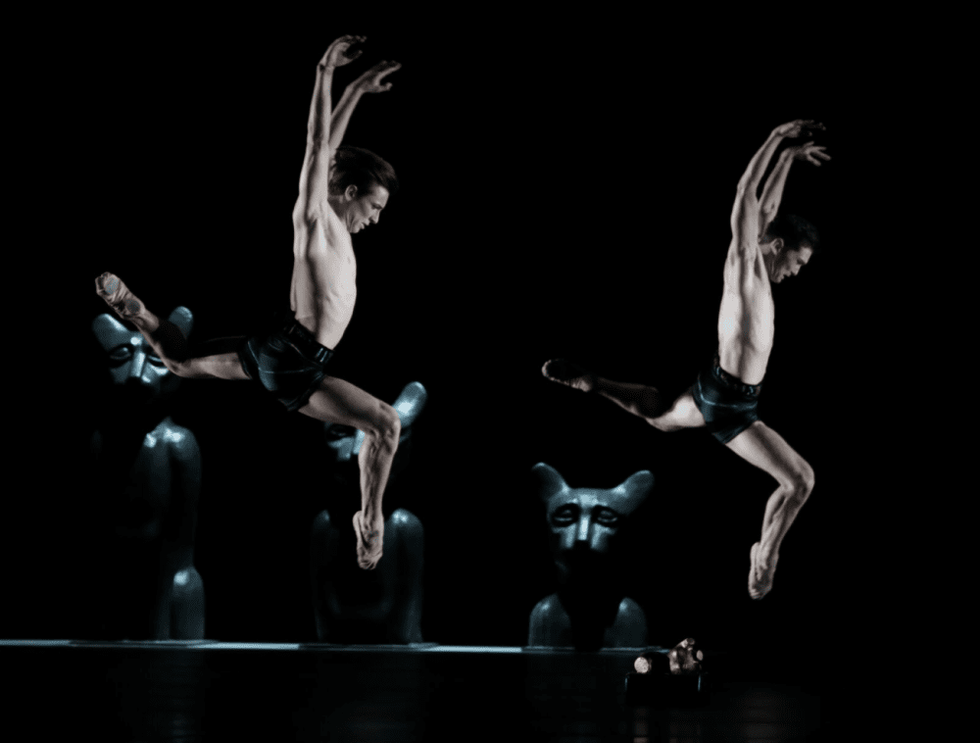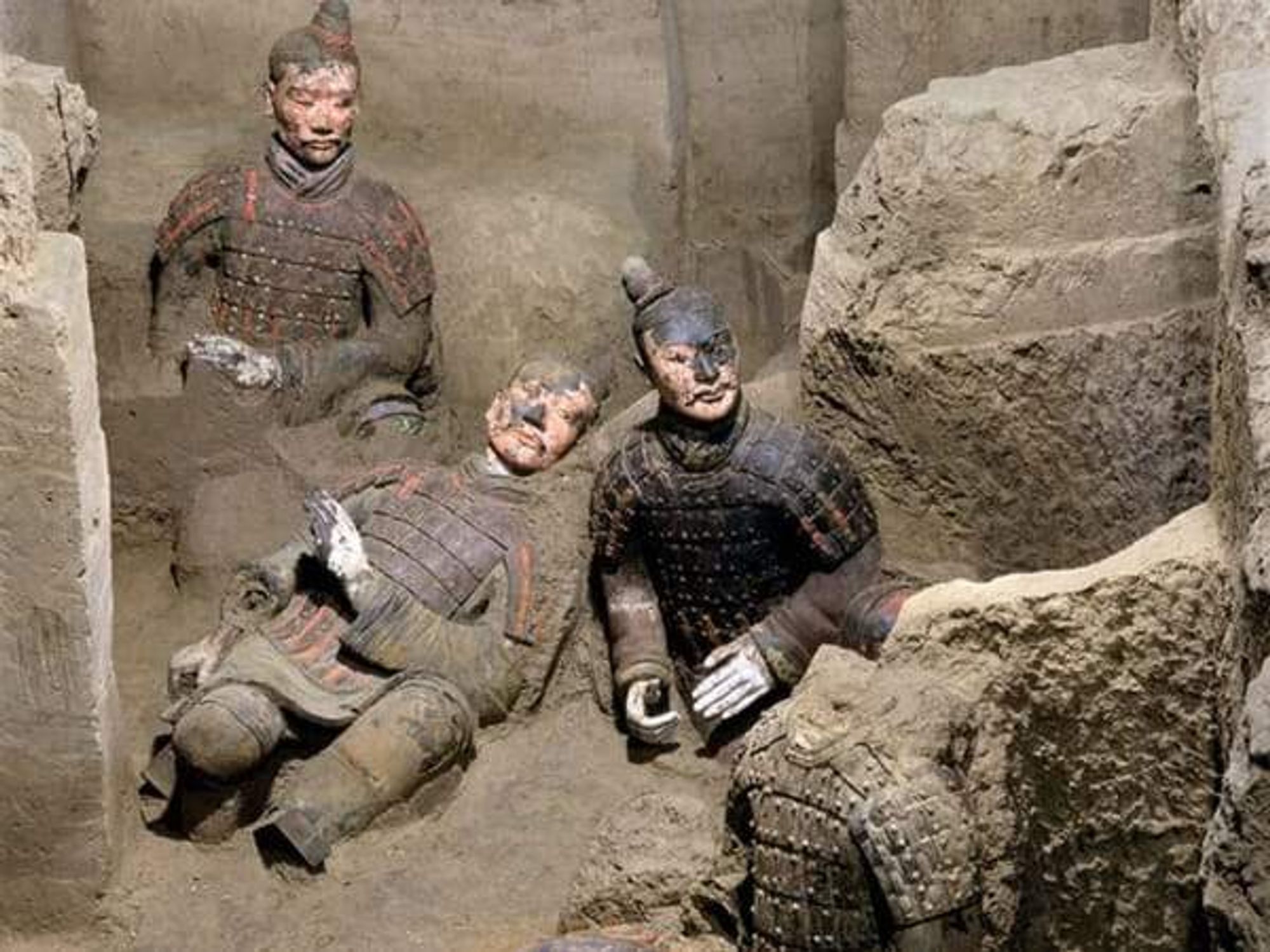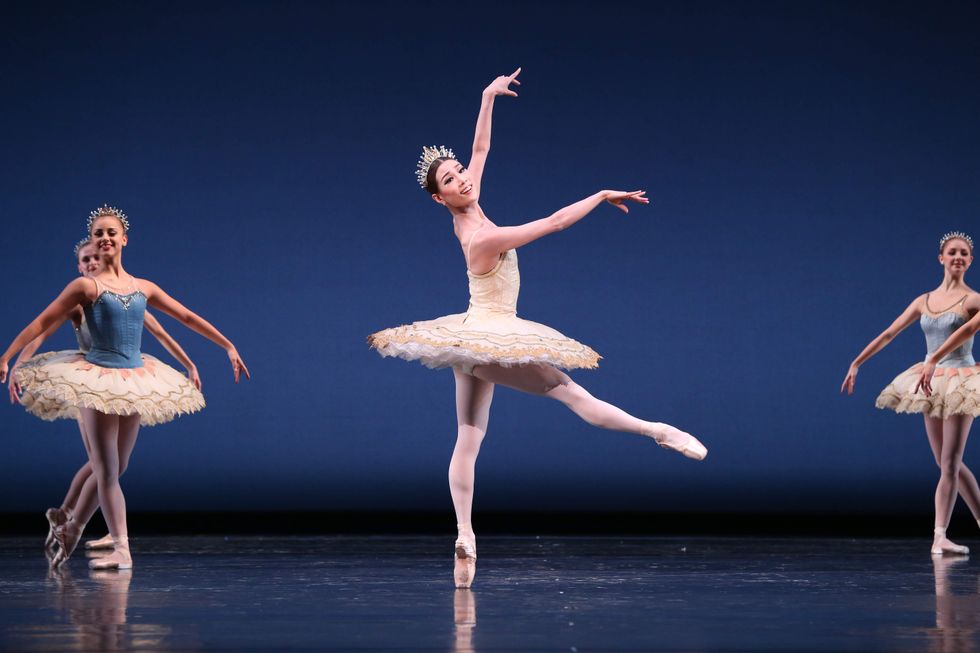The Review Is In
Houston Ballet's Legends and Prodigy highlights clash of old and new in marvelously different ways
The more things change, I was thinking, as I walked to the Wortham Theater Center to see Houston Ballet’s stellar Director's Choice: Legends and Prodigy program. But do they stay the same?
Passing by the progressively dismantled Houston Chronicle building, I marveled at this temporary ruin amidst quickly rising adjacent developments. The clash of old and new left me dizzy.
In Legends and Prodigy old masters like Jiří Kylián and Hans van Manen find themselves in the excellent company of the precocious Justin Peck. It’s clear who’s a legend and who’s a prodigy, but each telescopes time in a marvelously different way.
Nothing felt fresher than Justin Peck’s “Year of the Rabbit,” which he premiered five years ago at the tender age of 25. There’s something joyous and young about “Year of the Rabbit," which exhibits a deeply sophisticated sense of stage architecture that shows Peck wise beyond his years.
The shapes Peck creates are a marvel. The ballet had barely begun when a group of dancers build an oddly beautiful three-part machine stage right. A row of men, bent over, allow another row of women to rest their legs on their backs as a third row of standing dancers move in and out of the gaps.
Utterly hypnotic was this effect as were others. At one point two women serve as turnstiles to admit each member of the group to the stage. Later, as Connor Walsh and Jessica Collado enact a sweet pas de deux, the others enter from the wings up and down both sides of the stage in a series of turns and jumps only to exit immediately and return again. Later, the dancers lie down in the wings with just their heads poking out onto the stage.
A critic once told me you can tell so much by how a choreographer manages something as basic as entrances and exits. Rather marvelously, Peck makes this perennial challenge an action and an event in and of itself.
Often “Year of the Rabbit” plays an individual against a group occupied with its own activities. After an urgent, introspective, off-kilter solo, the accomplished Oliver Halkowich attempts to join the other dancers but they all recoil. Just as it seems youthful mischief may be the only tone, Peck creates a hauntingly meditative pas de deux exquisitely performed by Ian Casady and Karina Gonzalez.
These established favorites of the Houston Ballet certainly excelled. But it seemed especially appropriate that Peck’s choreography would be as generous to the company’s emerging talents.
Tyler Donatelli triumphed in the opening section as the charismatic soloist who holds the attention of the audience even as the other dancers build such marvelous shapes with their bodies. Rhys Kosakowski, utterly captivating in the Kylián, kept catching my eye in “Year of the Rabbit” as did Alyssa Springer, even though both were cogs in a larger machine.
Bold addition
I’m always surprised by the virtuosity of Jiří Kylián, which offered a powerful and ponderous contrast to Peck. “Stepping Stones” is a bold addition to the company’s repertoire because it is so singular and so strange.
Set to the music of John Cage and Anton Webern, this work immediately places us in the dark, mysterious realm far from the winsome mischief of “Year of the Rabbit” or the celestial world of van Manen’s “Grosse Fuge.” A huge triangle with a central hole hangs over and spotlights the odd activity of the stage. The curtain opens on four prone dancers manipulating mysterious boxes with their legs to the right of three cat statues of increasing height. What exactly are we seeing? Are the cats totems? Are the boxes offerings?
Soon we forget these questions as virtuosic movement captures out attention. Melody Mennite and Casady seize center stage with a gripping pas de deux. For Kylián, the body and the mind are one gorgeously intricate knot he has been untying and retying for decades. For me, this is work that will never get old.
Rare purity
I saw Houston Ballet premiere van Manen’s “Grosse Fuge” in 2006, just months after I moved to town, on a program with Glen Tetley’s “Voluntaries.” All of which I was reminded of just weeks ago at a performance by La Scala Opera Ballet in Milan.
The program guide for an all Stravinsky night (including Tetley’s “Rite of Spring”) featured a photo of Halkowich, Jaquel Andrews, and Nicholas Leschke mid-leap before a rainbow-speckled backdrop from that very Houston performance of “Voluntaries.”
I was mystified in 2006 by “Grosse Fuge.” I was again by this performance, which is by no means a criticism of the exquisite universe van Manen creates to the stringent structures of Beethoven. A minimal set, diaphanous panels of fabric, profound yet subtle shades of light, and relatively simple costumes highlight van Manen’s real interest which is mass and shape.
There’s something solemn and relentless about “Grosse Fuge.” The men and women begin in separate groups — the men in motion shirtless and in black skirts, the women in white with tiaras. When the movement begins, we see bodies enacting a drama of fortitude—with powerful turns and bends, flexed arms, extended fists. This is choreography that suits the talents of the Houston, perhaps no one more so than Charles-Louis Yoshiyama who seems more accomplished every time I see him perform.
Gestures that in another context might seem romantic or aggressive are neither. A woman slaps the chest of a man twice, but this isn’t a matter of psychology. It’s just sound and movement.
Midway through the ballet, the men doff their skirts to reveal black shorts and belts. The women grab onto the belts to be lifted and maneuvered rather intimately by the men in a way that might be sexual but remarkably isn’t. Van Manen seems interested in how the weight of a body hangs in the air from another body and what shape it makes when it does.
At the very end the dancers lie down as if to sleep and two arms shoot up successively, fierce yet gentle final gestures before the curtain falls. Such purity is rare, I thought as I left the Wortham. That's one thing that may never change.
Performances of Director's Choice: Legends and Prodigy run through March 26. Check the Houston Ballet website for details.
